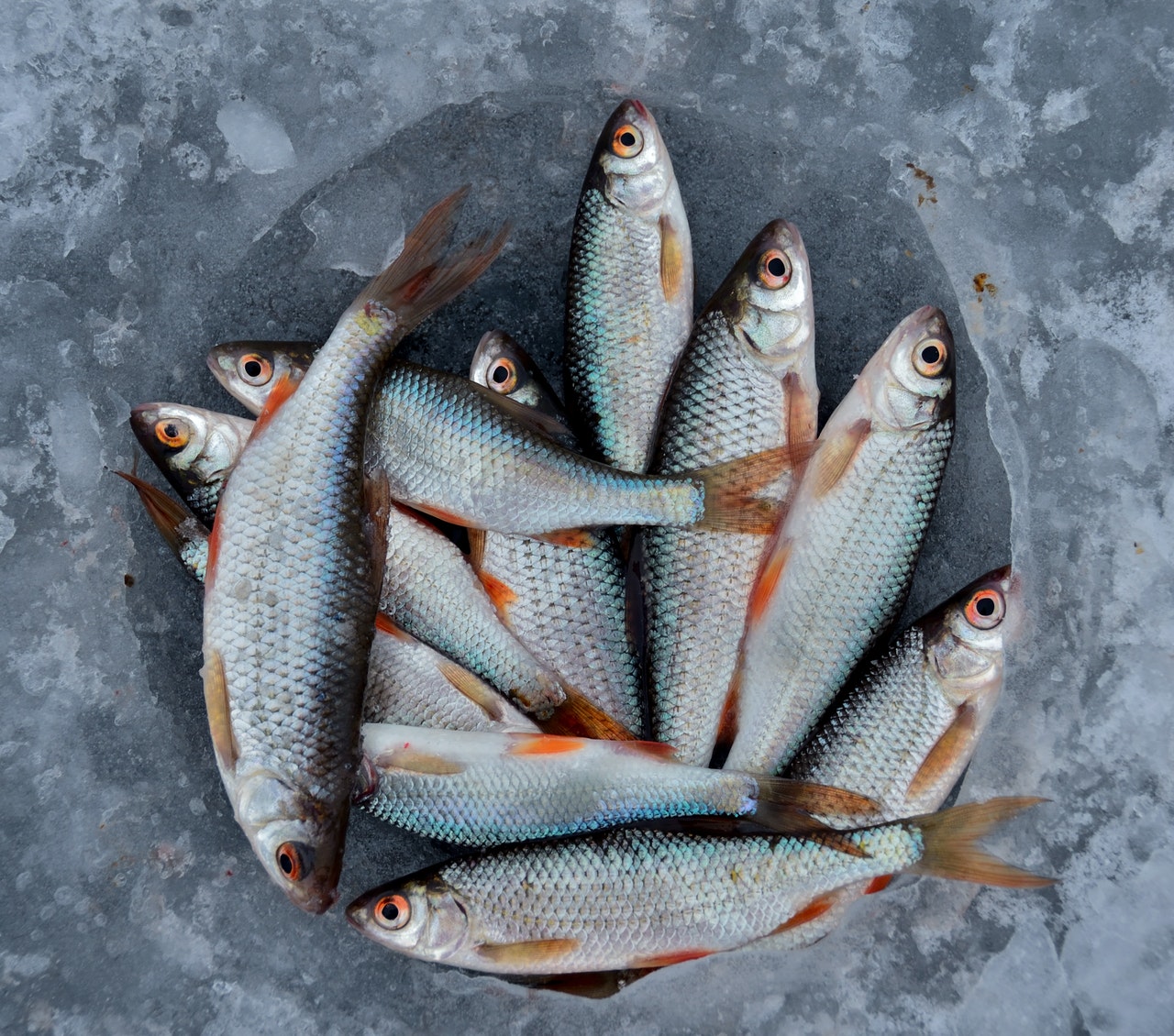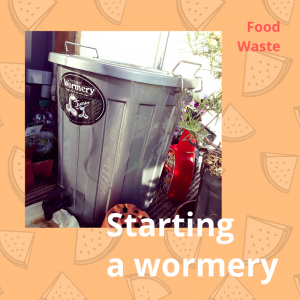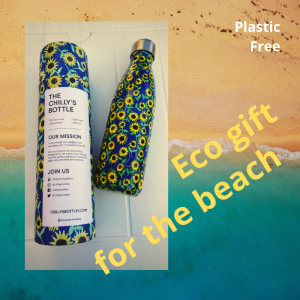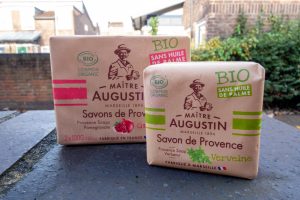
Photo by Alexander Zvir on Pexels – The MSC Certification
For seafood always check for the MSC Certification. Ludo is now sticking to just eating fish for animal protein until she can find cruelty-free eggs. This is known as a Pescatarian diet and she has already written about another sustainable way of eating. This is a Flexitarian diet. With this diet you just reduce the amount of meat, fish and dairy products you eat on a daily basis.
When she buys fish, which does come in plastic packaging, although this seems to be a good way to check its source. She only buys it with the blue fish label: the Marine Stewardship Council (MSC) certification.

MSC label
For instance, this seal covers wild fish or seafood from fisheries that fulfill the requirements of sustainable fishing.
The Marine Stewardship Council is an international non-profit organisation. It funds projects that support sustainable fishing and protection of the oceans.
So, look out for the blue label on packaging when you buy fish.
The MSC Fisheries Standard is used to assess if a fishery is well-managed and sustainable. The Standard reflects the most up-to-date understanding of internationally accepted fisheries science and management.
We review and develop the MSC Fisheries Standard in consultation with scientists, the fishing industry and conservation groups.
How do companies use the Standard?
When a fishery has successfully certified with the Fisheries Standard, their catch is certified and they can sell it with the blue MSC label.
Certification to the MSC Fisheries Standard is voluntary. It’s open to all fisheries who catch marine or freshwater organisms in the wild. This includes most types of fish and shellfish.
Accredited independent certifiers assess Fisheries (called Conformity Assessment Bodies (CABs) – also called certification bodies), not the MSC.
[Final section taken from Marine Stewardship Council website]




